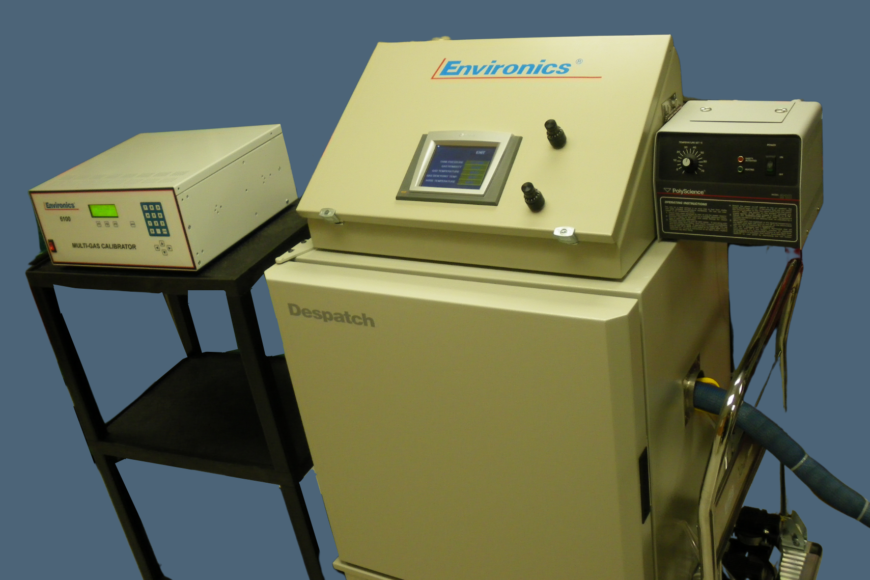
What is a Gas Humidifier?
A gas humidifier is an instrument for artificially warming and humidifying respiratory gas for mechanically ventilated patients. When natural respiratory humidification decreases pulmonic infections and damage to lung tissue may occur.
Natural Gas Humidifiers in the Human Body
In a healthy human, 75% of respiratory gas conditioning occurs in the upper respiratory tract and the remaining 25% are taken over by the trachea. The upper respiratory tract humidifies, warms and cleanses 1,000 to 21,000 liters of respiratory gas every day in accordance with body size.
The warming of breathed-in air is directly impacted by many small blood vessels, with blood flow being regulated by nerve impulses. When cold air is being breathed in, more blood is supplied.
Mucous membranes inside the nose and mouth release moisture to gas as it is breathed in, this results in a healthy adult evaporating between 200 to 300 ml of water per day. When travelling to the lower respiratory tract, the respiratory gas, which has already been humidified in the nasopharynx, is conditioned further until the isothermal saturation limit is reached. Isothermal saturation limit refers to the maximum possible humidity at a specific temperature, which amounts to 100% relative humidity and 44 mg absolute humidity at 37°C. That equilibrium is reached during nasal breathing in a healthy person at the bifurcation of the trachea. This means only water vapor-satiated and body-warm air reaches the alveoli.
Gas humidifiers are used during mechanical ventilation as natural respiratory gas conditioning can be significantly impacted. In non-invasive respiratory treatment such as oxygen masks, a continuous positive flow is administered. This can cause upper respiratory tracts to dry out and result in blockages of air passages and congestion. Gas humidifiers can help avoid this by ensuring that the gas is well saturated and warm.
When invasive respiration is necessary, such as via intubation or tracheotomy, upper respiratory tracts are bypassed and thus do not exercise their usual function. The trachea is unable to offer the required humidifying, warming and clearing alone. This is why gas humidifiers are critical for treating the gas prior to it entering the human body.
Gas Humidifiers from Environics
Water-to-gas humidifiers from Environics are made using Nafion™ tubing. These devices work by allowing water vapor to cross the Nafion membrane to gain an equilibrium of the partial pressure of water vapor on both sides of the membrane. As the humidity levels on either side of its membrane vary, the incoming dry gas stream is humidified as it flows over the tubing as the water moves through in the opposite direction.
At Environics, the humidification option can be incorporated in one of our gas mixing/dilution systems to humidify a gas blend. Alternatively, it can be bought as a stand-alone system to humidify a connected gas source. Units can be tailored to a fixed RH level or adjustable between 0 – 95% (with the maximum depending on the total flow rate). The humidifier is factory calibrated for a specified RH level to an accuracy of 5% (assuming a constant flow rate and gas temperature), and is NIST traceable.
You can read more about our gas humidifiers here , alternatively contact us today for more information.

